Parrot Pitcher Plant: Nature’s Underwater Carnivorous Marvel
Have you ever wondered how a plant could hunt underwater? Meet the Sarracenia psittacina, the extraordinary Parrot Pitcher Plant that defies everything you thought you knew about plant survival!
What Makes the Parrot Pitcher Plant So Special?
Imagine a plant that looks like a parrot’s beak, lives in swamps, and catches prey underwater. That’s the Parrot Pitcher Plant in a nutshell. This isn’t your average houseplant – it’s a carnivorous superhero of the plant world!
Physical Characteristics That Blow Your Mind
Key Features:
- Grows up to 60 cm tall
- Hooded pitchers that look exactly like a parrot’s beak
- Stunning color palette of green and red
- Unique white “windows” on the hood that trick unsuspecting prey
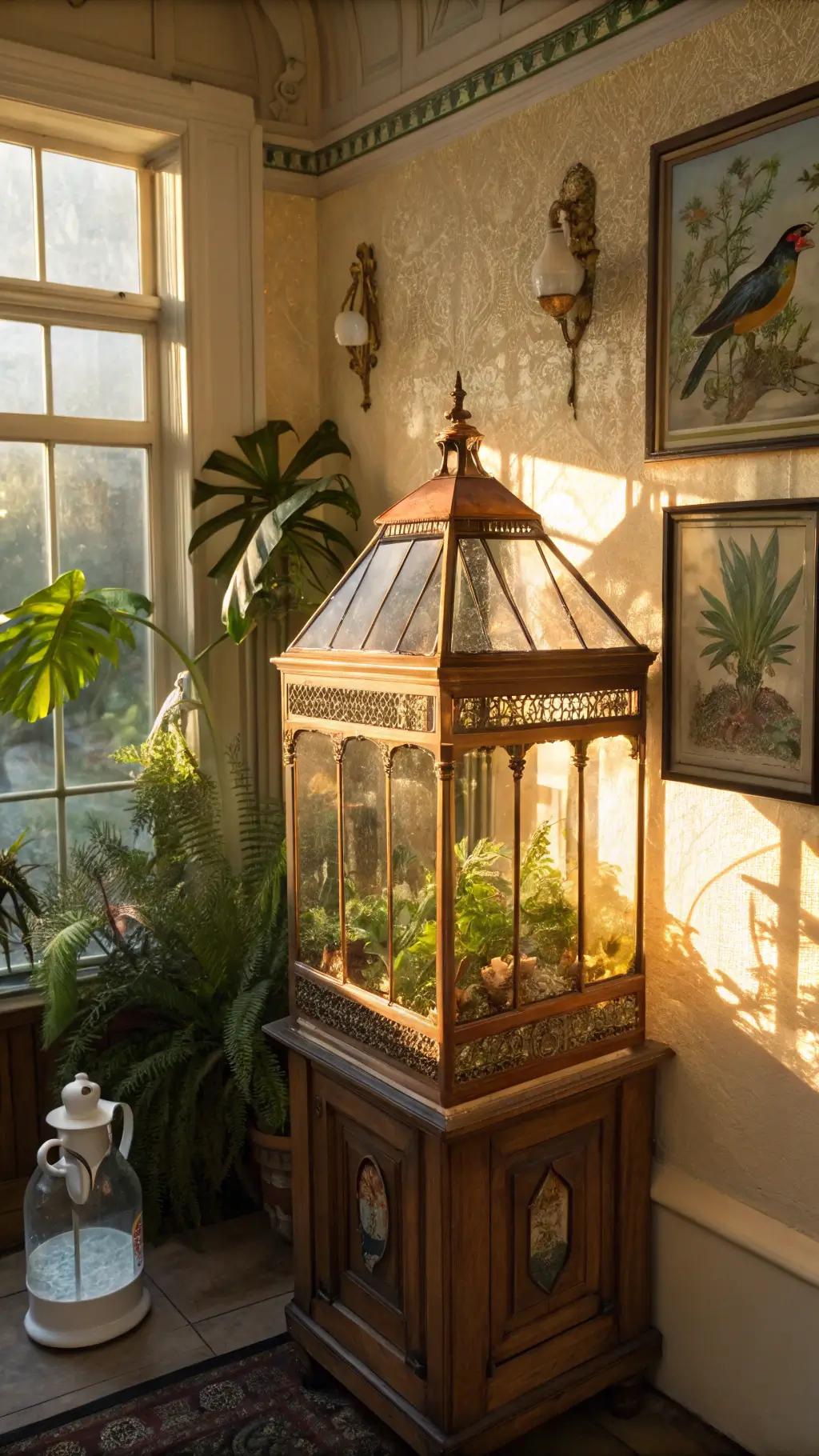
The Ultimate Survival Machine: Trapping Mechanism
The Parrot Pitcher Plant doesn’t just sit around waiting for food – it actively hunts! Here’s how its genius “lobster pot” trapping mechanism works:
Prey Capture Strategy:
- Tiny entrance tempts insects with hidden nectar
- False exit “windows” confuse potential victims
- Downward-facing hairs create a one-way trip into the pitcher
- Can capture aquatic prey like tiny tadpoles and water arthropods
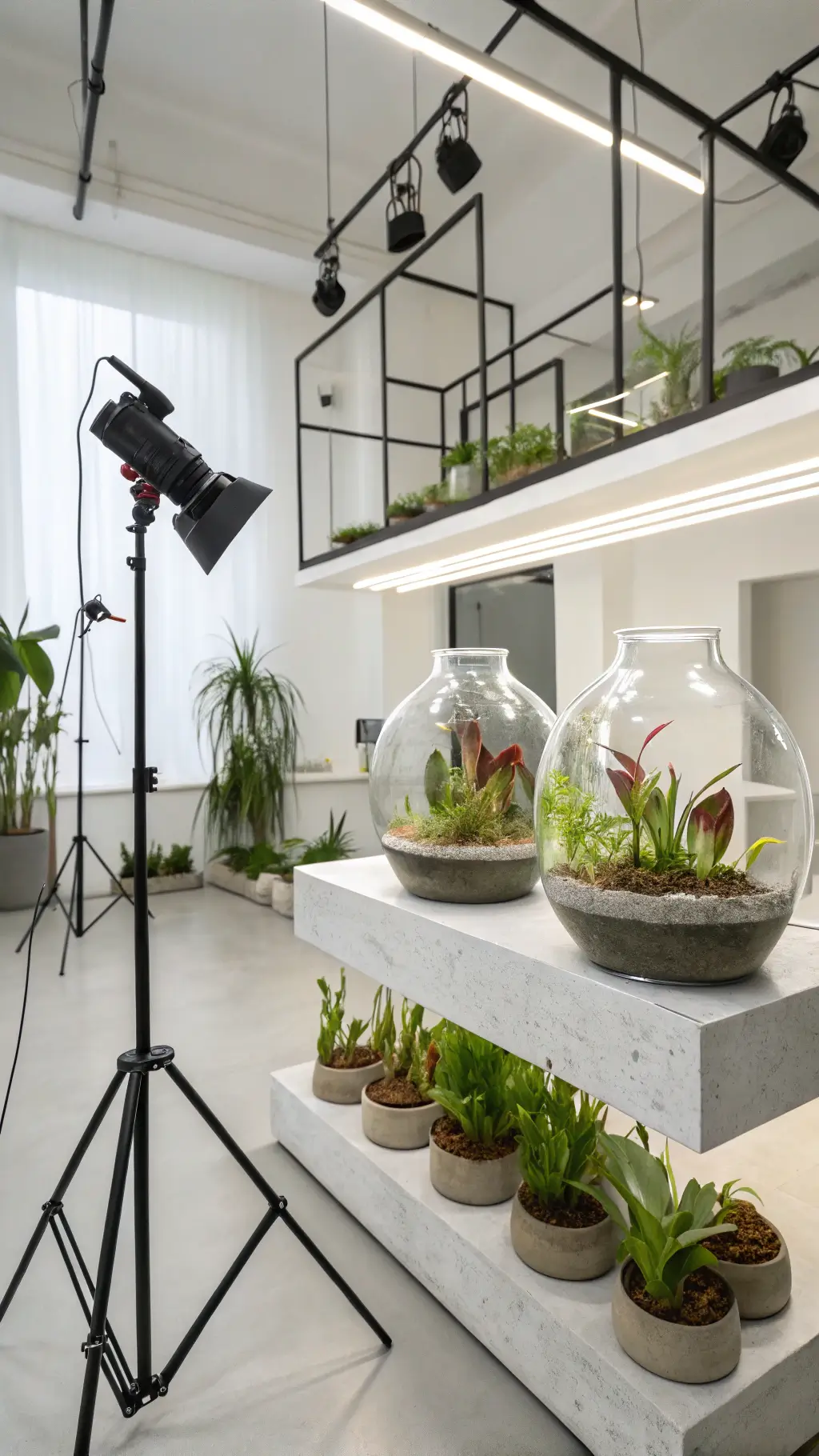
Habitat: Where Do These Amazing Plants Live?
This botanical wonder calls the southeastern United States home, specifically:
- Wet savannahs along the Gulf Coast
- Seepage slopes
- Depression marshes
- Swampy environments
Survival Skills That Will Amaze You
Environmental Adaptations:
- Survives underwater (how cool is that?)
- Thrives in extremely wet conditions
- Tolerates brief flooding
- Requires high humidity
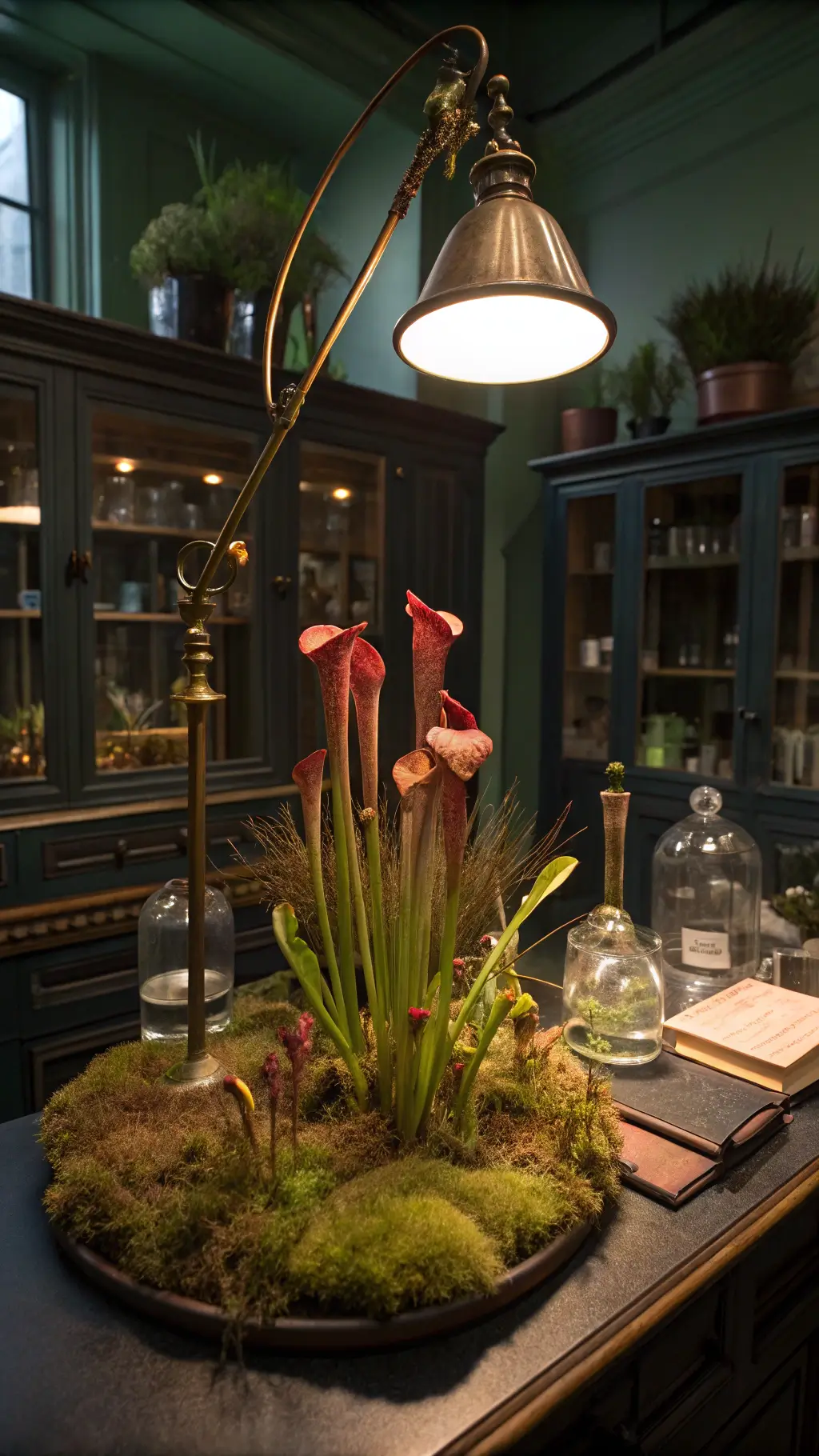
Growing Your Own Parrot Pitcher Plant
Pro Tips for Cultivation:
- Use pure water (distilled or rainwater)
- Provide high humidity
- Choose partial shade locations
- Plant in sphagnum moss or specialized carnivorous plant mix
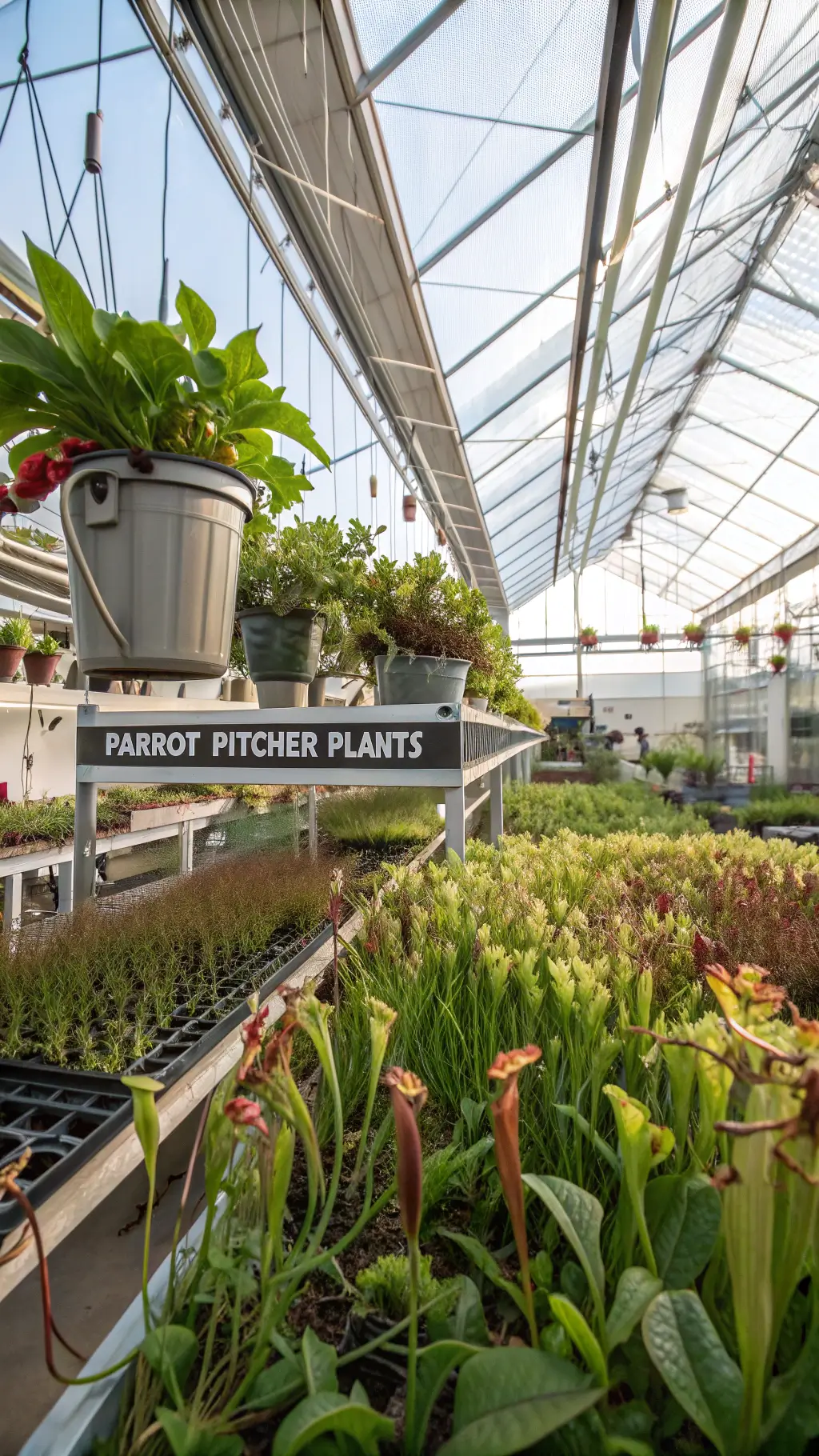
Conservation: A Plant in Danger
Sadly, these incredible plants are facing serious challenges:
- 97.5% of their natural habitat has been destroyed
- Listed as threatened in Florida
- Require active conservation efforts
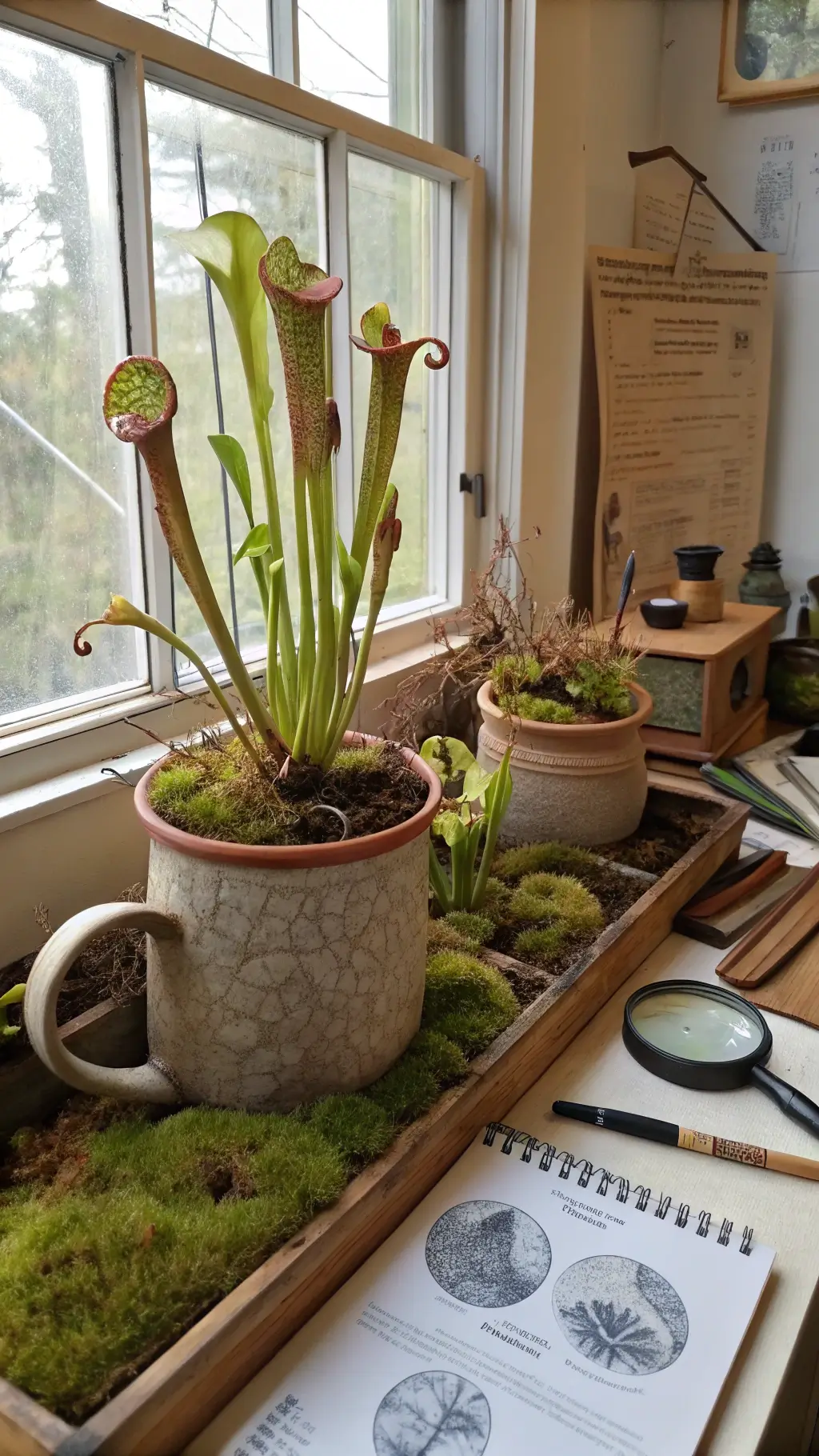
Fun Botanical Trivia
- The name “psittacina” means “parrot-like“
- Pitchers can last up to 2 years
- Produces small, dark red, fragrant flowers
- Blooms from March to May
Why You Should Care About the Parrot Pitcher Plant
This isn’t just another plant. It’s a living, breathing testament to nature’s incredible design. A carnivorous wonder that can survive underwater, trick its prey, and look absolutely stunning while doing it.
Final Thoughts:
The Sarracenia psittacina proves that nature is far more bizarre and fascinating than any science fiction novel. It’s a reminder that life finds a way – even in the most challenging environments.
Want to dive deeper into the world of carnivorous plants? Keep exploring, plant lovers!
